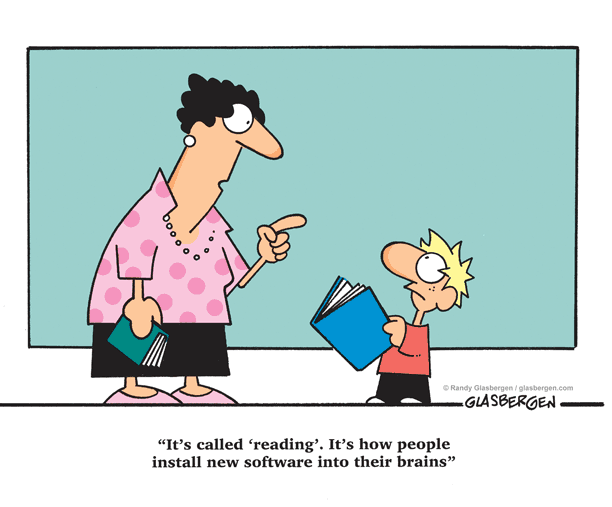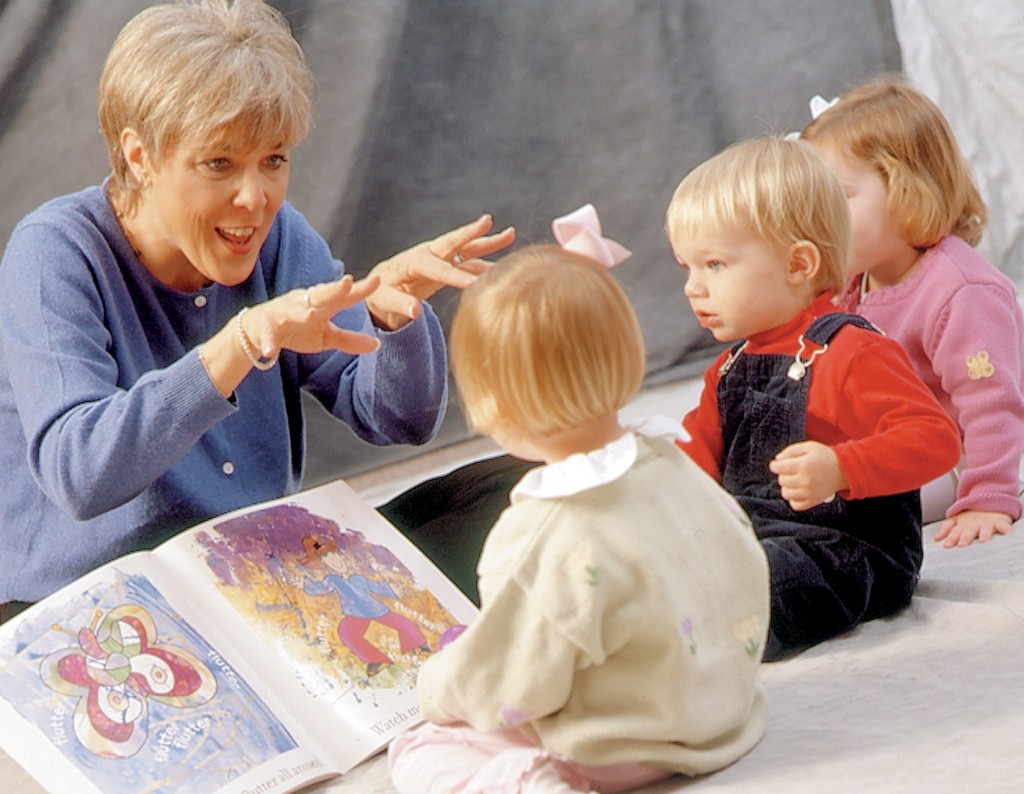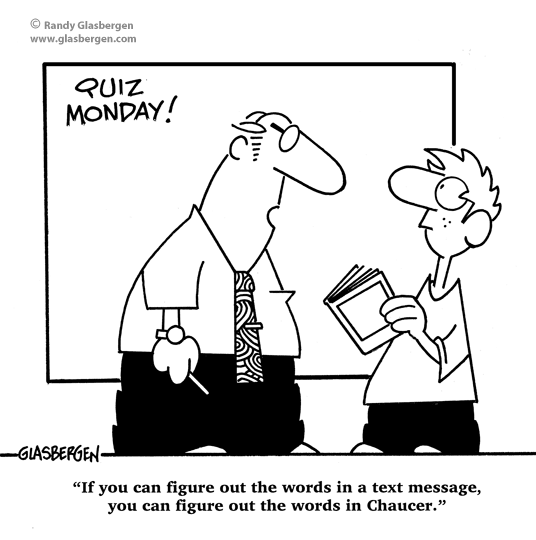Reading with Children: Books & Techniques
Laura Bush said it best when she noted that, “Libraries allow children to ask questions about the world and find the answers. And the wonderful thing is that once a child learns to use a library, the doors to learning are always open.” We all know that reading is essential for education, but do you know why? Some of the many benefits of reading with children include speech and language development and improving listening skills. Exposure to various experiences, emotional development, and improved cognitive function are some of the other perks. Your child will learn new sounds and the rules of language just by listening to you read. And besides, reading with children is fun! It’s an opportunity to share a special time with your child and to watch the joy on his face as he hears his favorite story.
Reading as Speech Therapy
Reading with children plays a critical role in speech therapy. According to the American Speech-Language-Hearing Association (ASHA), children who have a speech and language disorder are more likely to fall behind in reading and writing skills. This affects their academic progress, their social development, and their ability to express themselves and understand the world around them.
Reading with Children
Set aside a regular time each day to read with your child to encourage his speech and language development, just like you set aside a few minutes each day for work with Speech Buddies. It’s always best to begin reading with your child when he is an infant, but it’s never too late to start. Make a habit of reading with your child every night before bedtime to help him drift peacefully off to dreamland.
If your child is older, encourage him to go to the library with you to select books. Children often enjoy reading books over and over again, finding security in familiar stories. As well, select books containing nursery rhymes, especially for younger children. Children respond to tonal pattern, stress, and rhythm even before they understand the meanings of the words. How you read with children is just as important, if not more so, as what you read.
How to Read with Your Youngster
Parents often read side-by-side with their youngsters. It’s definitely important for the child to see the words and the pictures as you read. However, if your child has an articulation disorder, it might be best to read while sitting opposite your child. Ensure that your child can see your mouth form the sounds. Even if your child has a different type of speech disorder, or no disorder at all, this seating arrangement can be beneficial. Your youngster will be able to see your facial expressions and he can practice making eye contact with you. Try sitting side-by-side and opposite each other on alternate nights.
Speaking of facial expressions, use them as often as you can. Make exaggerated facial expressions to mimic the characters’ emotions. Change your tone and volume whenever it’s appropriate for the story, and read with emotion.
Pause every so often in the story to allow your child to interact with it. Ask your child questions like, “What do you think Penelope will do next?” and “Do you think the little pigs will outsmart the big bad wolf?” This encourages cognitive development and receptive/expressive language skills.
Recommended Books
It’s always a good idea to ask your child’s speech-language pathologist (SLP) and teacher for book recommendations that can help prepare him for school and build on speech therapy lessons. If you’re seeking books for articulation practice, browsing through the titles in your library is usually sufficient to steer you in the right direction. Titles of picture books often emphasize a particular sound or letter. (As examples, check out Chicka, Chicka Boom Boom and The Baby BeeBee Bird.) Here are some other great picture books for articulation practice:
Brown Bear, Brown Bear, What Do You See? by Bill Martin and Eric Carle
The Wheels on the Bus by Paul D. Zelinsky
Purple Sock, Pink Sock by Jonathan Allen
If You Give a Moose a Muffin by Laura Joffe Numeroff
Five Little Monkeys Jumping on the Bed by Eileen Christelow
Sheep in a Shop by Nancy Shaw
Splish, Splash! by Sarah Weeks
Hop on Pop by Dr. Seuss
Caps for Sale by Esphyr Slobodkina
Moon Man by Tomi Ungerer





